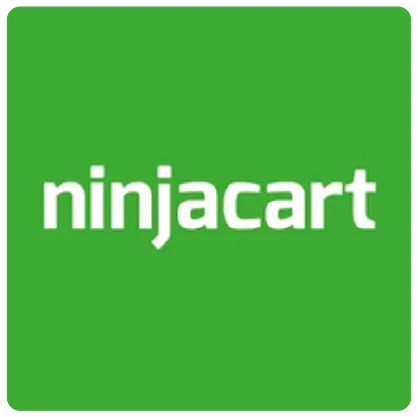Welcome, My
name is Vikas S Menon and I am a 2nd year MBA student at Amrita School of
Business, Coimbatore. I hope you read my previous posts. I would like to start
this post with a quote by Steve Jobs which is "Creativity is just
connecting things". I choose this particular quote because of its close resemblance
to the topic which is the Ninjacart Supply chain. I would like to hear your
feedback after going through the content.
Ninjacart is startup which moves 650 tonnes of fresh products from farm to retails stores in
less than 12 hours. Ninjacart is solving complex structural problems such as distribution
inefficiency and information asymmetry in India’s fresh food supply chain with
the help of technology. On a regular day, with the help of technology and data science,
Ninjacart was able to solve tougher problems to make supply chain low cost,
super-fast, consistent, and reliable.
Their
entire logistics is designed in such a way to deliver sustainable reliability
and it is divided into two factors that are speed and efficiency throughout the
processes. The daily process involves is divided into two parts. The first part
involving how Ninjacart procures from farmers and segregates the items in the warehouse
and delivers to the distribution center within the cities. The second part
involves customer wise batching and dispatching. The important part of their
logistics chain is the reverse logistics portion.
First Mile Delivery
A typical day at Ninjacart
starts with farmers bringing in their produce to one of the collection centers
and from there, the items are graded, weighed, batched, and dispatched to the fulfillment
centers. Depending on the capacity of vehicles, products sourced and collection
centers, there will be an optimal plan created by the existing algorithms to set
the dispatch schedule and fix the arrival slot. The whole process begins with
an end to end planning by considering the infrastructures, helpers, crates, and
vehicles. With the help of helpers and vehicles, the required crates are transferred
to collection centers at early hours. They also keep an inventory log of empty
crates present in each collection centers which keep in mind regarding the
capacity constraints of the collection centers while delivering the crates in the
next cycle. All the produce is batched for the customers at the fulfillment center
after receiving produced goods from the collection centers.
Middle
Mile Delivery
As the scheduled trucks move
towards the fulfillment center, the next phase of planning starts which is the
delivery of products from the fulfillment center to the distribution center
across the city. This plan includes the inspection of the quality of the product
in the vehicles and batching the items queue wise in the distribution center
and finally distribute the product to the destination. Here the distance
between the collection centers as well as the distance between the fulfillment
center and distribution centers are planned accordingly to minimize cost and the
maximum capacity of each route.
Last-Mile
Delivery
After the product reaches the distribution
center, the products are picked and batched according to the customer
requirements. Each store will be delivered with 8 – 9 crates products on an
average. The roads and legal requirements restrict the size of the vehicles
that can be used in the mentioned operations. Ninjacart used sophisticated
software tools to set up the geography of the city, Start and end location of each
vehicle, the maximum capacity of the vehicle, and the cost required to service
every customer. This all combined to provide enough data to run the
optimization engine and create delivery routes for the day. The vehicle is made
to rest at the end of the delivery routes and plan for the return and recovery
that is a crucial portion of Ninjacart’s supply chain. In this step, the
delivery agent inspects the quality of the products returned and pick up the crates
delivered on the same morning with the remaining crates from the previous
night. All this data is entered into the system and this will help them to get
a picture of how many crates will reach the distribution channel. After the
whole cycle is over, they will start planning the dispatch for the first-mile
delivery vehicles. Finally, the circular journey of a crate is completed in the
system.







A crisp article, quite well written! What might also help the cause of the article and the efforts of the contributors would be to also look at how this brilliance in logistics is acting as a key enabler in building organizational capabilities that are inimitable. In short, you could explore and add how such a logistics design entails sustaining competitive advantage, both in the short and long run.
ReplyDeleteOnce again, good work.Keep it up!
Rahul Sukumaran
Assistant Professor
ASB Coimbatore
Thank you sir. I will keep on improving.
DeleteInteresting article ! I believe a lot of startups are sprouting in terms of providing logistic services to many sectors.
ReplyDeleteit is. Startup's focusing on Agritech and dairy industries are more focusing on logistics services.
Delete